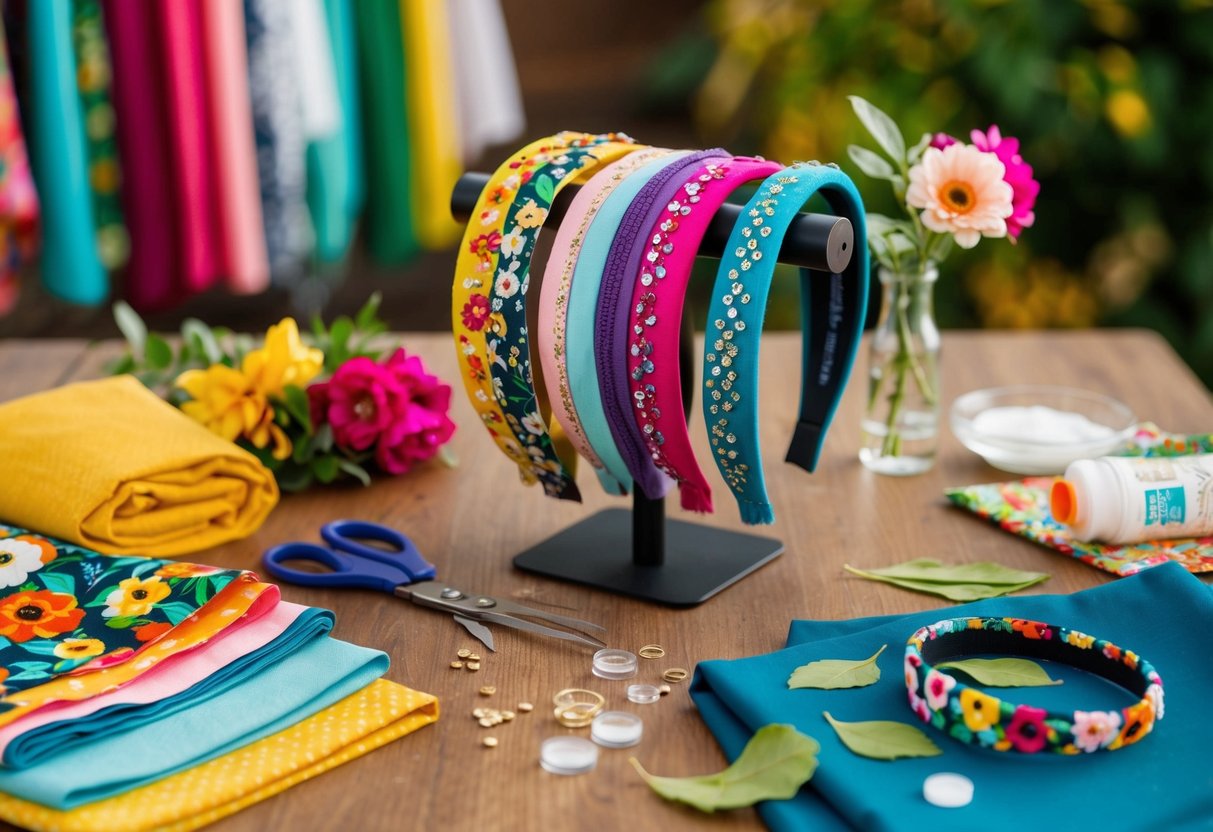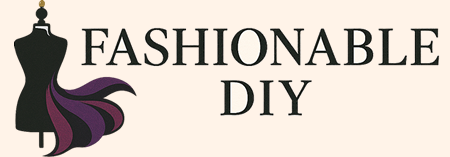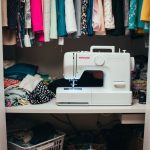Revamp Your Headbands: DIY Accessories for Every Season
Transforming everyday headbands into fashionable accessories can be a fun and creative project. With a few DIY techniques, anyone can personalize their headbands to suit any season or occasion. This guide will demonstrate how simple materials and a touch of creativity can turn a plain headband into a unique statement piece.
Headbands are versatile accessories that can be easily adapted to match different outfits or seasonal themes. By using materials like fabric, beads, and ribbons, you can customize your headband collection and keep it fresh all year round. Engaging in these DIY projects not only enhances personal style but also adds a personal touch to each accessory.
Exploring these DIY techniques allows individuals to express their personality while honing their creative skills. Making tailor-made headbands also provides an opportunity to upcycle old materials that might otherwise go unused. This approach combines creativity with sustainability, allowing everyone to participate in making fashionable and eco-friendly choices.
Why Choose DIY for Your Headbands
Creating DIY headbands offers the chance to infuse personal style and make eco-friendly choices in accessories. This approach combines fashion with creative expression while promoting sustainability.
Personalization and Creativity
DIY headbands allow for complete customization, letting individuals express their unique fashion sense. By choosing specific materials, colors, and designs, they can create accessories that perfectly match their wardrobe. This process encourages creativity and experimentation, offering limitless possibilities in style.
A plain headband can transform into a statement piece with embellishments like beads, fabric flowers, or embroidery. Crafting headbands at home also invites people to explore various artistic techniques, such as sewing, gluing, or knotting, making each creation a one-of-a-kind masterpiece. Every headband tells its own story, reflecting the maker’s imaginative vision.
Sustainability Through Repurposing
Repurposing materials for DIY headbands supports sustainable fashion practices by reducing waste. Instead of purchasing new items, individuals can use leftover fabric, old clothing, or broken jewelry to craft beautiful, functional accessories. This environmentally conscious choice minimizes textile waste and cuts down on resource consumption.
Opting for repurposed materials also educates creators about resourcefulness and the impact of the fashion industry on the planet. By prioritizing sustainability, DIY headbands serve as a practical example of how small changes can contribute to a more sustainable world. This mindful crafting method aligns with the growing awareness of eco-friendly living and responsible fashion choices.
Essential Tools and Materials

Creating customized headbands requires specific tools and materials that contribute to successful and creative designs. Focus on selecting the right fabric and having essential sewing supplies on hand to ensure a smooth crafting process.
Selecting the Right Fabric
Choosing the appropriate fabric is crucial for the comfort and style of the headband. Fabrics like cotton, jersey, and satin offer different textures and flexibility. Cotton provides breathability and is gentle on the skin, making it suitable for summer accessories. Jersey, with its stretchable quality, is ideal for snug fits across various head shapes. Satin, known for its smooth and shiny surface, brings elegance and is often chosen for evening wear or special occasions. To add uniqueness, consider using fabric scraps for accents or embellishments.
Sewing Must-Haves
Essential sewing tools streamline the headband-making process. A sewing machine will offer precise stitches, while a serger can provide professional seam finishes. Pinking shears help prevent fraying, ensuring a tidy look. Measuring tape and fabric scissors are necessary for accurate cuts. Pins and a seam ripper are helpful companions for adjusting and correcting errors. Investing in quality thread matching the fabric can enhance durability and appearance. Prioritizing these sewing essentials reduces errors and elevates craftsmanship.



